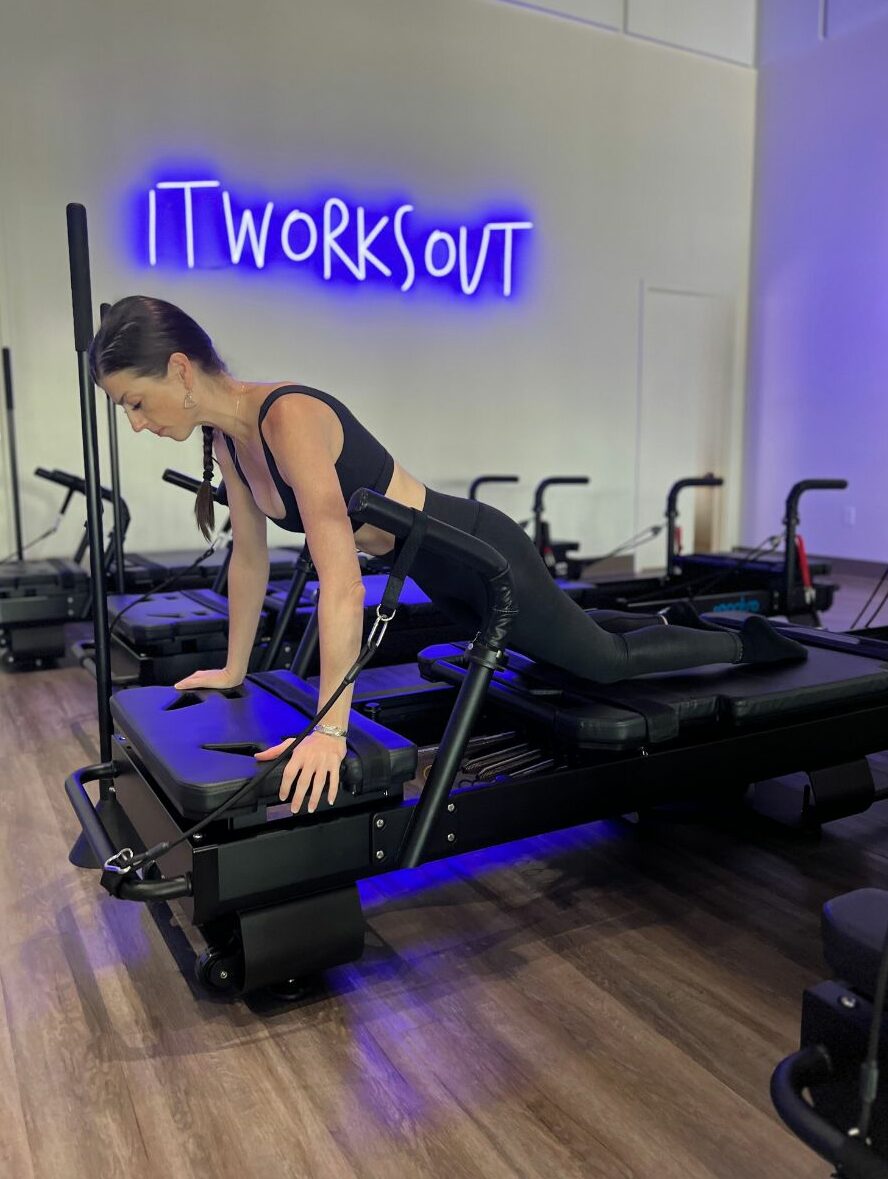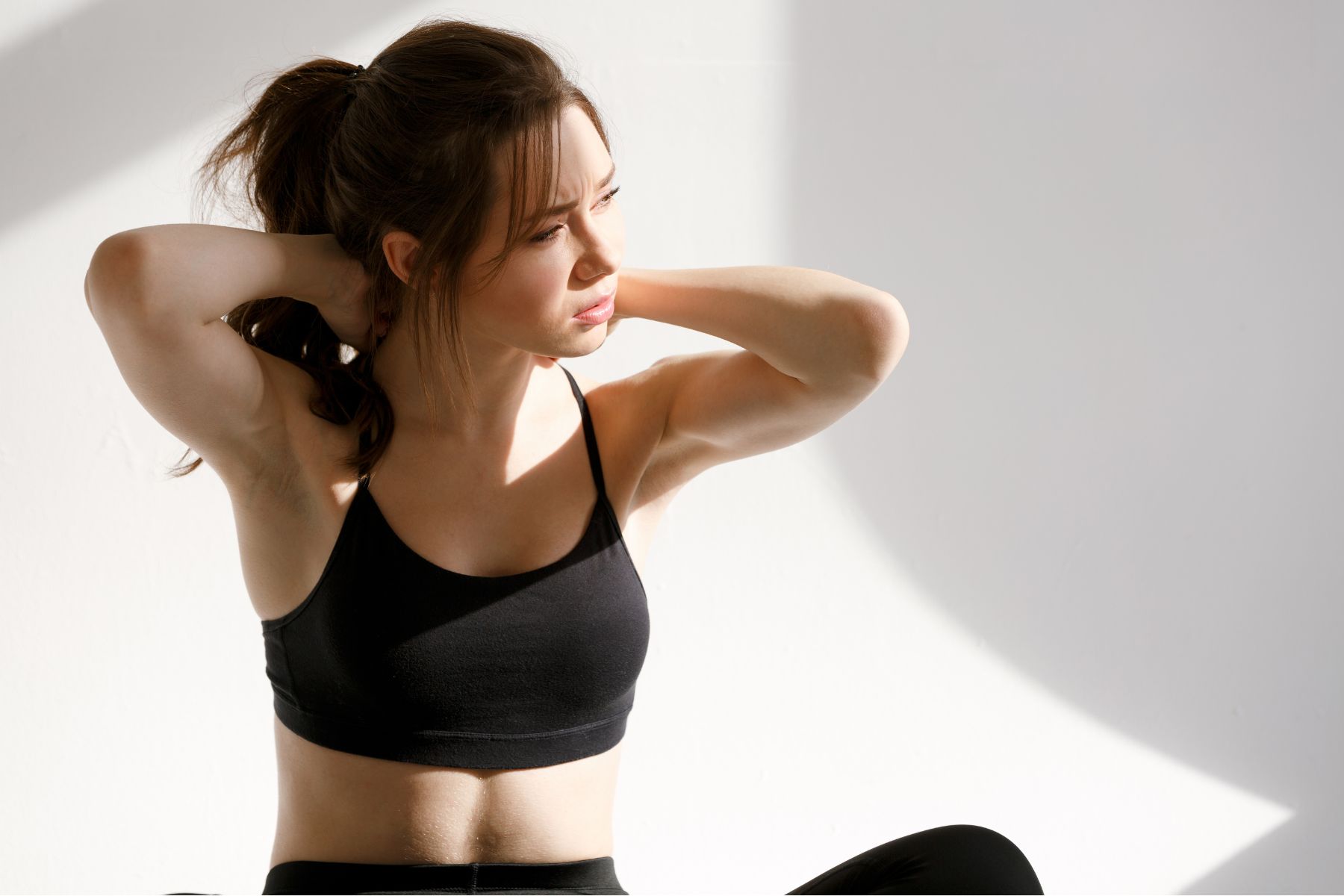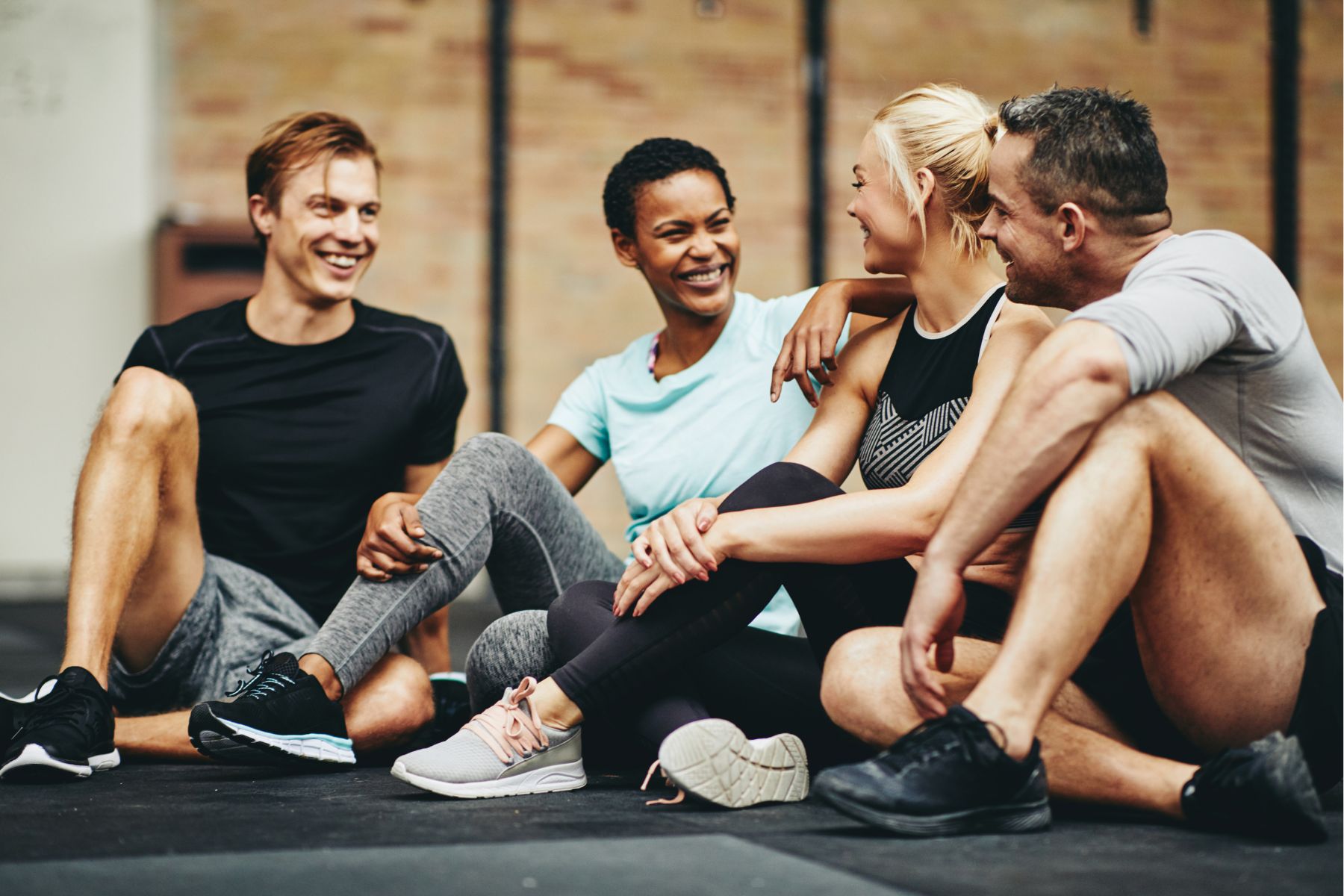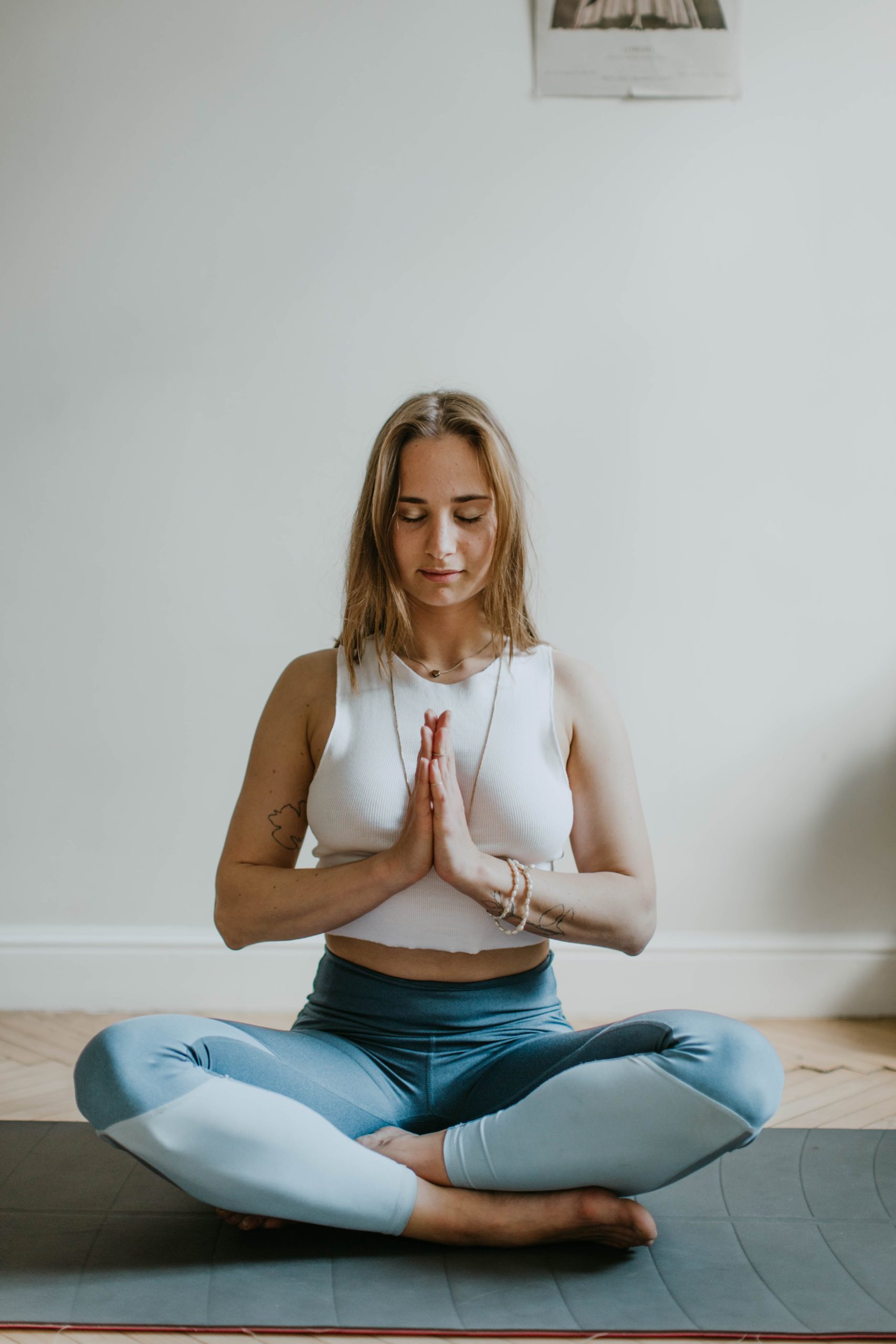How Trainer Sarah Prepares for Classes at Mantra Fitness
Introduction
Every great class starts with a prepared instructor. Today, we’re diving into the behind-the-scenes world of our very own Sarah to learn about the steps she takes to ensure every Mantra class at Mantra Sarasota and Lakewood Ranch is an exceptional experience for all participants.
- What inspires you to teach at Mantra?
“I am constantly inspired by our clients. The best thing about Mantra is that everyone at any fitness level can get an effective workout (that ACTUALLY works!) and get results… Just last week a client told me how excited she was that she could hold a plank on her toes now after only being a member for a short time. I love that there is so much mental focus that every class is a new opportunity to connect to your body and learn. I love the process of technique and proper form because it’s continual, and for me it’s ritual!”
- How do you structure your classes?
“My classes follow the Mantra Method structure of time under tension. This helps ensure that not a single minute of the workout is wasted. I take the time to make sure my transitions are smooth. Sometimes what works on my body may not work for all, so I constantly adapt my routines and the way I communicate. It is also my goal for every client to know what they’re doing and not be confused. But it’s such a different way of working out for most people, so I learn from the clients on how to effectively communicate my cues. Especially in Level 1 classes – it’s a balance of clear communication, patience and encouragement.”
- What is your routine before teaching a class?
“Mantra workouts are not something you can do (or teach!) mindlessly – if it was that way, you wouldn’t get such great results! So I spend a lot of time preparing. Of course before teaching a class, I do spend a good deal of time writing the routine and curating it to be at maximum effectiveness but maximum accessibility for all levels. I make sure we are challenging muscles safely and within the Mantra Method standards. Then when I get to the studio, I test out the spring loads myself to get a better feel and make sure transitions are as seamless as possible. Oftentimes I edit things in my own practice, so I do incorporate where I would get tired and think about how I can keep myself (and the clients) in it. My goal is for everyone to succeed!”
- How do you select music for your classes?
“Music plays a big role in my classes. I choose songs that enhance the workout and the pace. I have my own structure where I select big jams to open/end the class, and make an effort to have 1-2 clarity songs – songs that are less crazy but still upbeat, maybe less lyrics and more focussed. These can help with tempos. I trained in music as a child, and danced ballet professionally. I pretty much like all genres of music, just some fit better as a motivator and pace setter to the exercises than others. I find beats really help myself when I take class, to challenge myself to stay in the exercise. Music has a way of helping the body get through what the mind thinks you cannot.”
- Do you incorporate any new trends or techniques into your classes?
“That is a great question! Short answer would be no, not really! We have so many incredible trainers at Mantra that have been teaching for years and they are amazing at adding new things. My style is pretty classic. But I think its important to balance your workout routines with different instructors. It keeps things fresh while respecting and honoring the differences all of us trainers have to offer. On a personal note, when I take Mantra classes myself, it’s a similar mindset to when I take ballet classes. There is soooo much to think about when perfecting form and I love that. Classic doesn’t mean easy, and in many cases can be even more challenging because you cannot cheat yourself!”
- How do you ensure your classes cater to all fitness levels?
“Inclusivity is key. I always look at my routine and make sure there is an accessible modification or challenge that can be added, just in case. This way, everyone from beginners to advanced students can participate and benefit. I love this workout so much, and we have clients of all ages that do too – and that’s really beautiful and refreshing. You can’t “age-out” of this workout, I love that so much.”
- What is the most rewarding part of teaching at Mantra?
“The most rewarding part is hearing from the clients. They may have had a bad day, or I may have had a bad day, and we all end the class feeling better. It’s also so rewarding to see a group of newer clients progress. From starting with an intro class with me, to taking level 1 classes with me, and then being able to complete a challenging class from another instructor, I love seeing that and knowing I helped them get there.”
Conclusion
A well-prepared instructor like Sarah makes all the difference. Her dedication and passion for teaching ensure that every class is an experience – one that truly works, is safe, and fun. Join us for class at Mantra Fitness and experience it for yourself!









